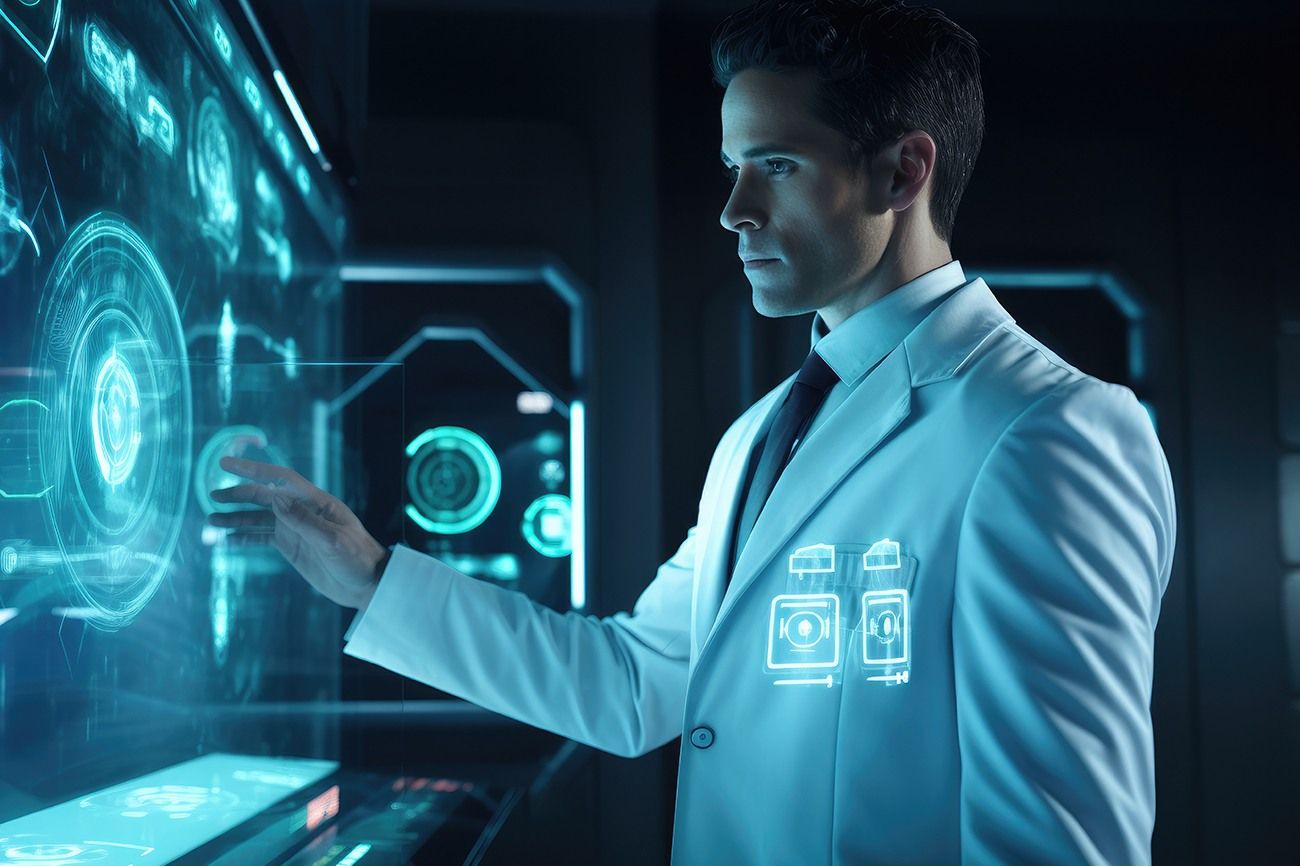Revolutionizing Healthcare: From AI Courses to Patient Engagement Software

Today, when the world is running at a fast pace, and technology is evolving at an unprecedented rate, the healthcare industry is not lagging behind. These artificial intelligence (AI) courses empower medical professionals, and patient engagement software enhances the healthcare experience. Revolutionary advancements are shaping the future of healthcare delivery.
Let us see how these innovations are transforming the landscape of healthcare, bringing us closer to more personalized, efficient, and patient-centric care.
-
AI Empowering Healthcare Professionals
Artificial intelligence (AI) is a crucial tool in the healthcare sector, offering insights and solutions that were once unimaginable. AI courses are tailored for medical professionals to equip them with the skills to harness the potential of this technology effectively. These specialists are undergoing specialized training to understand how AI can aid in diagnosis, treatment planning, and patient care.
By integrating AI into medical education, professionals are better prepared to leverage algorithms and predictive analytics to make informed decisions that can effectively improve patient outcomes. AI-powered tools are streamlining administrative tasks, allowing healthcare professionals to focus more on patient care. From automating appointment scheduling to analyzing medical records for relevant information, AI is revolutionizing how healthcare is delivered.
-
Patient Engagement Software: Empowering Patients
In addition to empowering healthcare professionals, technology lets patients take charge of their health like never before. Patient engagement software fosters communication, collaboration, and accountability between patients and healthcare providers. These software solutions provide patients with easy access to their medical records, lab results, and treatment plans, allowing them to actively participate in their healthcare journey. These features enable patients to make informed decisions about their health.
The patient engagement software also promotes proactive healthcare management by encouraging the importance of medication schedules, lifestyle modifications, and preventive care measures. By empowering patients with the tools and information they need, these software solutions contribute to improved health outcomes and patient satisfaction.
-
The Intersection of AI and Patient Engagement
The true potential of revolutionizing healthcare lies in seamlessly integrating AI with patient engagement software. By combining AI's predictive capabilities with patient engagement's proactive approach, healthcare providers can deliver personalized and efficient care that meets each patient's unique needs. The vast amounts of patient data are analyzed through AI algorithms to identify patterns, predict health risks, and recommend personalized treatment plans.
These insights aren't just numbers and data points—they're pieces of personalized guidance that can make a real difference in someone's life. Imagine receiving a message that helps you understand your health a little better or having a virtual assistant there whenever you need a helping hand, no matter the time of day. It's about more than just efficiency; it's about feeling supported and empowered every step of the way. When AI and patient engagement software work together, it's like having a team dedicated to your well-being, ensuring that resources are used wisely, processes run smoothly, and, most importantly, you receive the care you deserve.
As we look at the complexities of modern healthcare, one thing remains clear that technology is revolutionizing the way we approach healthcare delivery. The AI courses that empower healthcare professionals and software for patient engagement show them that these innovative solutions are reshaping the healthcare landscape.
By embracing these advancements and collaborating technology and the human touch, we can create a healthcare ecosystem that is efficient and effective but also compassionate and patient-centric.
